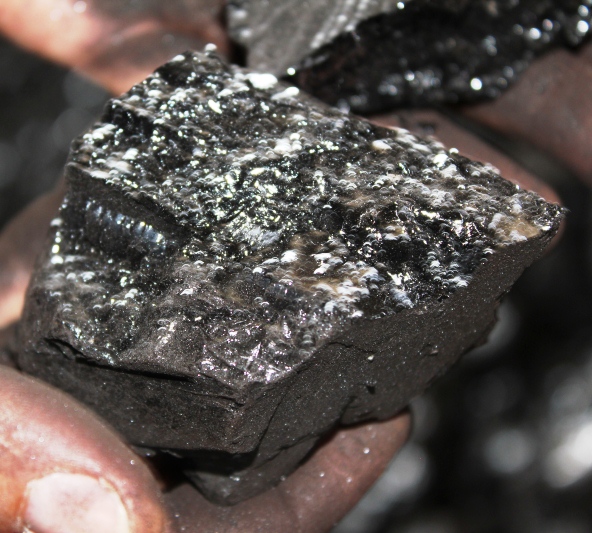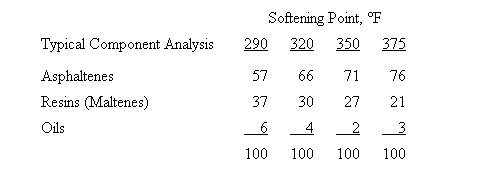Gilsonite Molecular Structure

Gilsonite Molecular Structure
A variety of sophisticated analytical tests has been run on Gilsonite from the Uintah Basin to characterize its unique properties. For reference, the test methods include vacuum thermal gravimetric analysis (TGA), nuclear magnetic resonance (NMR), Fourier transforms infrared spectrometry (FTIR), vapor pressure osometry (VPO), high-performance liquid chromatography (HPLC), rapid capillary gas chromatography (RCAP), and several fractionation techniques. H/C ratios and NMR analysis indicate the presence of a significant aromatic fraction. Most of the aromatics exist in stable, conjugated systems, probably porphyrin-like structures that relate to the geologic source of the product. The remainder of the product consists of long, paraffinic chains.

A unique feature of Gilsonite is its high nitrogen content, which is present mainly as pyrrole, pyridine, and amide functional groups. Phenolic and carbonyl groups are also present. The low oxygen content relative to nitrogen suggests that much of the nitrogen has basic functionality. This probably accounts for gilsonite special surface wetting properties and resistance to free radical oxidation.
The average molecular weight of Gilsonite is about 3000. This is very high relative to other asphalt products and to most synthetic resins. This may relate to gilsonite semi-polymeric” behavior when used as a modifying resin in polymeric and elastomeric systems. There is some reactive potential in gilsonite. Crosslinking and addition type reactions have been observed. gilsonite is known to react with formaldehyde compounds under certain conditions.
Solubility:
Gilsonite is soluble in aliphatic, aromatic and chlorinated hydrocarbon solvents. It has limited solubility in most ketones but is soluble in mixed aromatic solvents that contain a ketone component. Gilsonite is not soluble in water, alcohols, or acetone.

